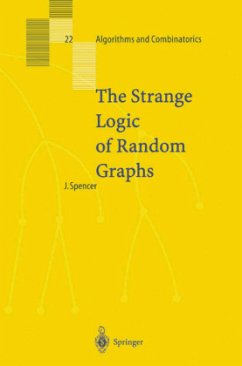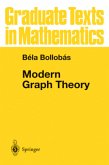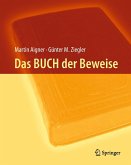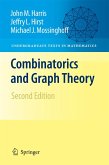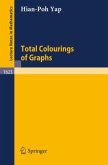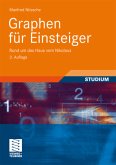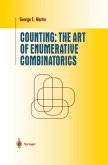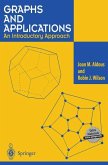The study of random graphs was begun by Paul Erdos and Alfred Renyi in the 1960s and now has a comprehensive literature. A compelling element has been the threshold function, a short range in which events rapidly move from almost certainly false to almost certainly true. This book now joins the study of random graphs (and other random discrete objects) with mathematical logic. The possible threshold phenomena are studied for all statements expressible in a given language. Often there is a zero-one law, that every statement holds with probability near zero or near one. The methodologies involve probability, discrete structures and logic, with an emphasis on discrete structures.
The book will be of interest to graduate students and researchers in discrete mathematics.
The book will be of interest to graduate students and researchers in discrete mathematics.
From the reviews of the first edition: "The author ... is a leading expert in random graph theory, and reputed for his expository style. His recent book is again a well-written and exciting text, which I warmly recommend to researchers and graduate students interested in the subject. ... The book has a clear and vivid style, and the material is essentially self-contained, so it is very well-suited for self-study." (Péter Mester, Acta Scientiarum Mathematicarum, Vol. 69, 2003) "This beautifully written book deals with the fascinating world of random graphs, using a nice blend of techniques coming from combinatorics, probability and mathematical logic, while keeping the treatment self-contained." (Alessandro Berarducci, Mathematical Reviews, Issue 2003 d)

